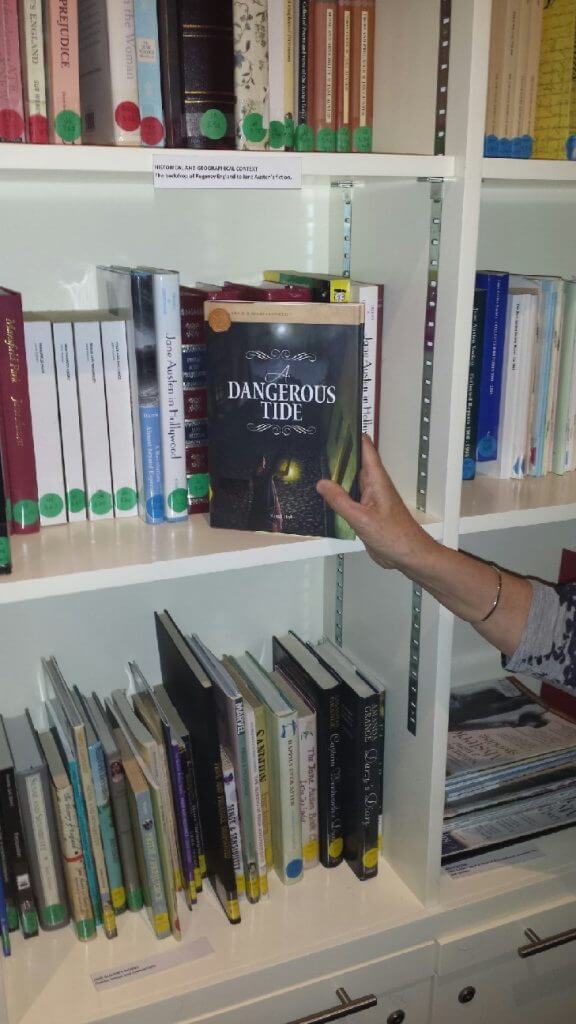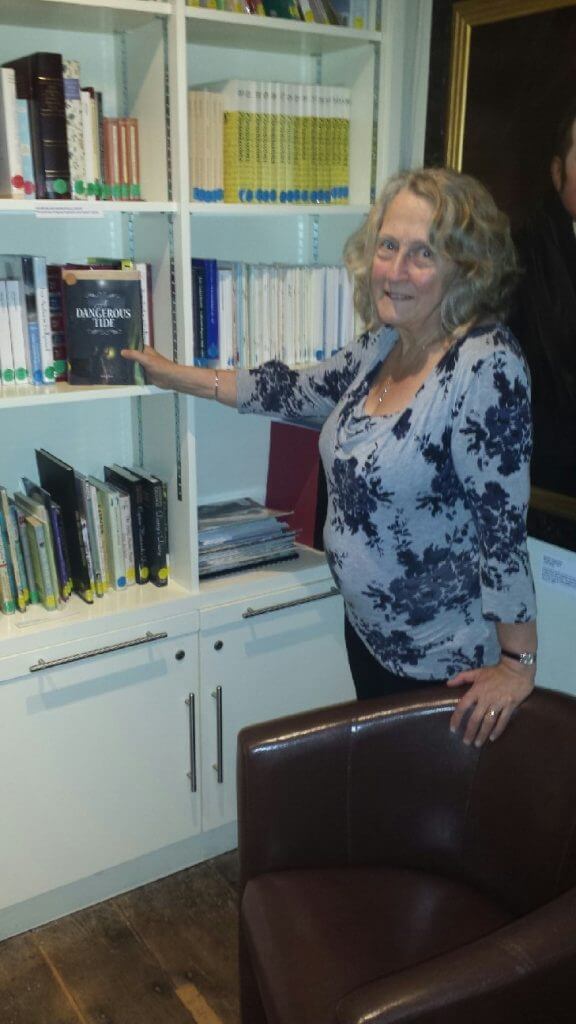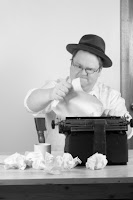 Does perfectionism keep you from getting started on your writing? Does trying to write your best create pressure for you?
Does perfectionism keep you from getting started on your writing? Does trying to write your best create pressure for you?
If you, you’ll be encouraged something in Art & Fear: Observations On the Perils (and Rewards) of Artmaking by David Bayles and Ted Orland. It’s about being a perfectionist–and how to deal with the pressure it generates in all artists, including writers. Read about this experiment:
“The ceramics teacher announced on opening day that he was dividing the class into two groups. All those on the left side of the studio, he said, would be graded solely on the quantity of work they produced, all those on the right solely on its quality. His procedure was simple: on the final day of class, he would bring in his bathroom scales and weigh the work of the “quantity” group: fifty pounds of pots rated an “A”, forty pounds a “B”, and so on. Those being graded on “quality”, however, needed to produce only one pot–albeit a perfect one–to get an “A”. Well, came grading time and a curious fact emerged: the works of highest quality were all produced by the group being graded for quantity. It seems that while the “quantity” group was busily churning out piles of work–and learning from their mistakes–the “quality” group had sat theorizing about perfection, and in the end had little more to show for their efforts than grandiose theories and a pile of dead clay.”
Quality from Quantity
Isn’t that a fascinating experiment? I know that we get better by writing more, like a piano player gets better by practicing more. But what struck me is how much more FUN the first group must have had (while at the same time producing superior pots.) They were just trying to create a lot of pots, without any emphasis at all on the finished product.
Could I use the results of this experiment to revamp my own writing that was often stalled by the perfectionist demon?
Reforming the Perfectionist
I decided to try an experiment of my own this morning. Most days I more closely resemble a pot maker from Group B: stewing, not writing, being unhappy with results and scrapping them, judging, blocking, and finally quitting for the day. Today I decided to be a Group A pot-making writer and just relax. I stayed off the Internet till noon and just wrote–a lot. [I had already outlined my book.] My only goal was to produce a lot of pages. I wrote for three hours with intermittent short breaks, and I had fun! From what I can tell, the nice pile of finished pages aren’t half bad either.
I think I’m onto something here! Don’t try to write the Great American Novel today. Just make some pots, lots of pots!

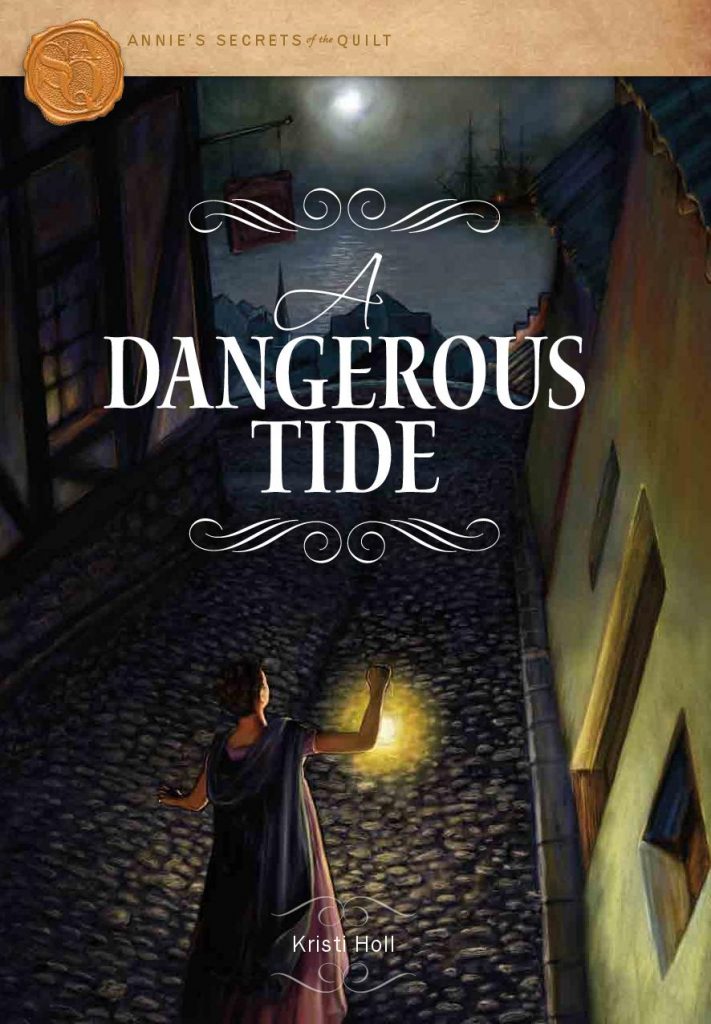
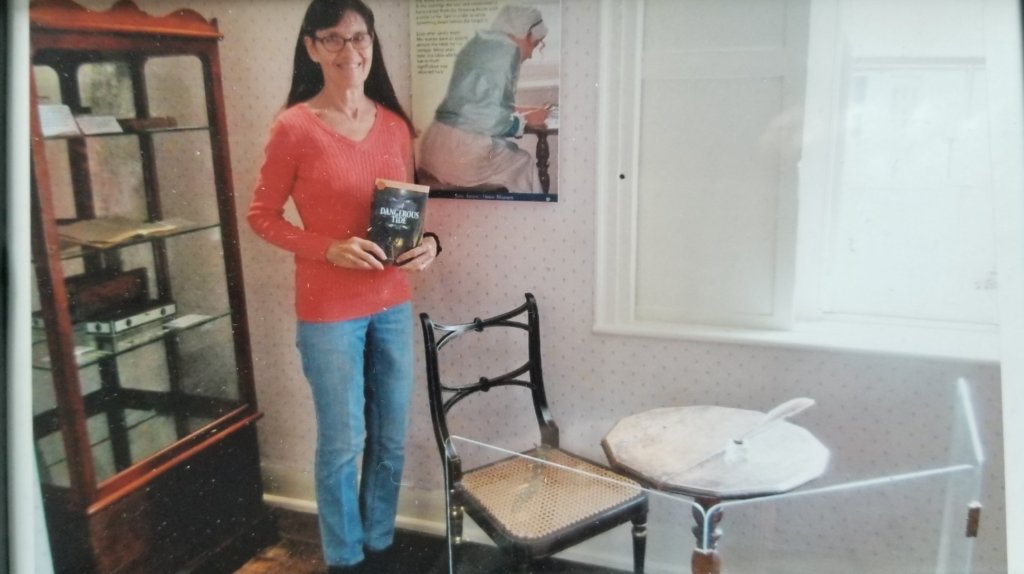 I read the email several times before it sank in. My novel featuring my all-time favorite author, Jane Austen, is sitting on a shelf in Jane’s house in England, just down the short hallway from the dining room where Jane sat at her tiny, twelve-sided table and
I read the email several times before it sank in. My novel featuring my all-time favorite author, Jane Austen, is sitting on a shelf in Jane’s house in England, just down the short hallway from the dining room where Jane sat at her tiny, twelve-sided table and 

